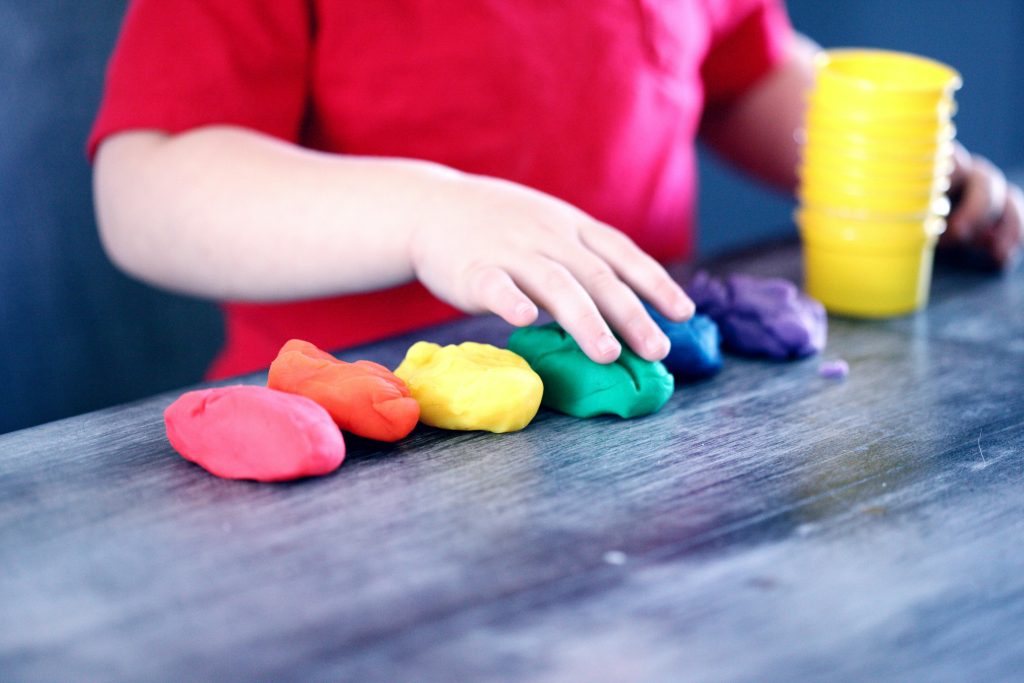Clay animation, or claymation, is a hands-on form of stop-motion animation where clay figures are manipulated frame by frame to create fluid motion. Each pose is carefully adjusted and photographed to generate the illusion of movement when played sequentially. This technique requires patience, attention to detail, and a creative sense of storytelling.
Materials Needed for Clay Animation
Before starting a clay animation project, gathering the right materials is essential. These tools help you sculpt characters, set up scenes, and capture frames effectively. Essential materials include:
- Clay: Pliable materials like plasticine or modeling clay for sculpting characters, props, and sets.
- Armature: Wire or foil structures to support and pose your clay figures.
- Camera: A camera with stop-motion capabilities or a smartphone with a stop-motion app.
- Lighting: Soft, consistent lighting to reduce shadows and maintain visual continuity.
- Backdrop: Paper, fabric, or crafted backgrounds to set the scene for your animation.
Step-by-Step Guide to Making Clay Animation
Creating clay animation involves careful planning and frame-by-frame execution. Follow these steps to bring your clay stories to life:
- Develop Your Story: Outline your narrative, characters, and key scenes. A clear storyline ensures cohesive and engaging animation.
- Create Characters and Sets: Sculpt characters and props with clay, using armatures for structure and poseability.
- Set Up Your Workspace: Arrange the camera, lighting, and backdrop for consistent framing and illumination.
- Capture Frames: Incrementally adjust clay figures and photograph each frame to create smooth movement.
- Review and Edit: Check for smooth transitions, adjust timing, and incorporate sound or music if desired.
- Finalize and Share: Export your animation and share it with an audience to showcase your work.
Tips for Successful Clay Animation
To enhance your clay animation projects, consider the following tips:
- Practice patience and maintain focus throughout the process.
- Experiment with clay colors, textures, and materials for visual depth.
- Use reference images or videos to guide character movements.
- Keep your workspace organized and distraction-free.
Challenges and Rewards of Clay Animation
Clay animation can be time-consuming and requires meticulous attention to detail. However, the rewards include creating unique, tactile, and visually captivating animations that showcase creativity. Working directly with clay also provides an immersive, hands-on experience that digital tools cannot replicate.
Conclusion
Clay animation is a rewarding artistic medium that blends creativity, patience, and technical skill. By understanding the materials, following structured steps, and practicing consistently, aspiring animators can craft captivating clay animated stories that delight audiences and highlight their storytelling abilities.
Key Takeaways:
- Clay animation is a frame-by-frame stop-motion technique using clay figures to create motion.
- Essential materials include clay, armatures, cameras, lighting, and backdrops.
- Planning your story and characters is crucial for a cohesive animation.
- Step-by-step execution, from setup to frame capture, ensures smooth motion.
- Patience, attention to detail, and workspace organization improve animation quality.
- Clay animation offers unique tactile rewards and visually engaging results despite being time-intensive.
To enhance your animation skills further and gain industry insights, consider enrolling in the Yellowbrick Animation Industry Essentials online course and certificate program offered by New York University. This comprehensive program can equip you with the knowledge and practical skills needed to excel in the dynamic field of animation.








